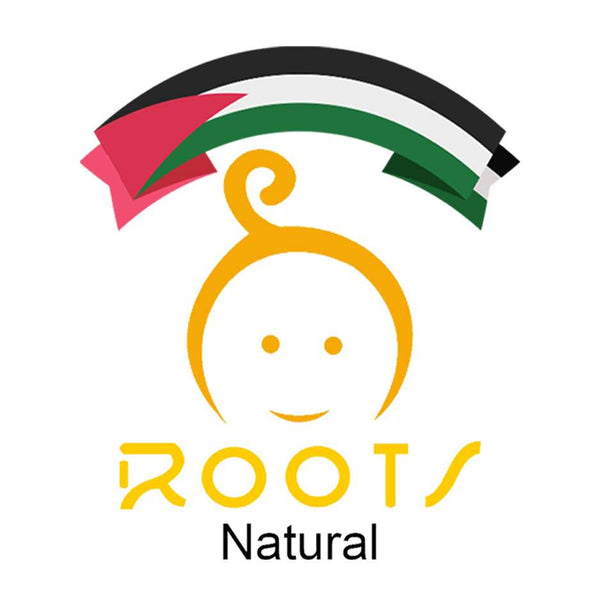
Uses of multi purpose brushes
Roots NaturalIf you bottle-feed your baby. So you will be well aware that feeders and nipples should be of good quality and any major brand. The most important thing is to clean and wash it. If your baby's feeding bottle is not thoroughly washed and sterilized, then understand that danger is lurking around. Because bacteria multiply very quickly in the feeder. And because of them, babies keep getting sick.
There are different ways to sterilize feeders. Such as
- Hand wash.
- Boiling.
- Use of stem sterilization.
- Wash in the dishwasher.
But whether you want to boil a bottle or use a machine. The first and most important step is to wash it thoroughly. First, all parts of the bottle should be separated from each other and washed thoroughly with liquid soap and open water. So that the milk in them becomes clean.
Feeder sections
A feeding bottle, whether plastic or glass, generally has these parts.
- Nipple cover.
- Bottle collar.
- nipple.
- Milk bottle.
Also, some bottles come with a mesh cover to keep the condensed milk from getting stuck in the nipple hole and blocking the nipple.
Some also come with a plate-like solid lid that is placed over the bottle and then a nipple cap is attached. It sort of seals the bottle. And prevents milk from spilling or coming into the nipple during travel.
- Multipurpose brush
You will find these very easily in the market. Every major brand has introduced them. These are available as a pack. This includes brushes of different sizes and shapes that are used to wash different parts of the feeder. Let me tell you about Roots Natural's Multipurpose Brush.
They provide you with a set of 6 pieces, of which 3 pieces are for milk bottles and 3 for cleaning nipples.
They contain nylon brushes and sponge brushes along with needles to clean the nipple hole.
A large brush with a handle that can be turned 90 degrees is used to wash the milk bottle with a sponge on the upper end that absorbs the liquid soup to help clean the bottle normally. But cleaning the base of the feeder is the most difficult task. Similarly, there is another big brush with a sponge on top and a brush attachment below it which is round so that the milk bottle can be scrubbed from all sides and the milk does not stick anywhere.
There is a sponge brush for nipple cleaning that is exactly the shape of the nipple and a smaller brush that cleans the nipple better. A nipple hole cleaner is a thin, long needle-like stick that is inserted into the nipple hole to clean it and if there is any blockage, it removes it.

- Method of cleaning
Mix the water and liquid soup in a medium-sized bowl (the size of the bowl or washing tub depends on the size and number of feeders). Now separate all the detachable parts of the feeder and rinse with open water. Then put all these parts in this bowl.
Now, using a large sponge stick, clean it thoroughly with liquid soap, especially the base of the feeder. Then clean the bottle walls and bottleneck thoroughly with a brush stick so that the milk does not stick. And do not produce bacteria in them.
Similarly, soap the nipple first with the help of the sponge stick. Then clean it well with a brush stick. And finally, insert a needle-like stick through the nipple hole and clean it as well. But take special care not to cross it across the nipple as this may enlarge the nipple hole.
Now wash all these parts with lukewarm water and wash off all the soap. Be careful not to leave the soap on. Now place the feeder in a mesh basket to dry. It is better if the basket has a lid.
Now it's time to clean the brushes. Wash them thoroughly with open water. Remove their soap. And then just put them in a separate basket and dry them. See it's easy just like 1 2 3.
Then boil or use a steamer if you want to sterilize the feeder. It's all up to you.
Apart from this, you can also wash baby's cup glass pacifiers and solid food-feeding nipples with these brushes.
- Note:-
- Keep a separate mesh basket for baby dishes with a cover on top.
- Use mild chemical soap to wash baby dishes, feeding bottles, etc.
- Cover and dry everything after washing.
- Do not use brushes to wash baby feeders and dishes, other dishes, etc.
- Wash the entire set of brushes thoroughly immediately after use.





